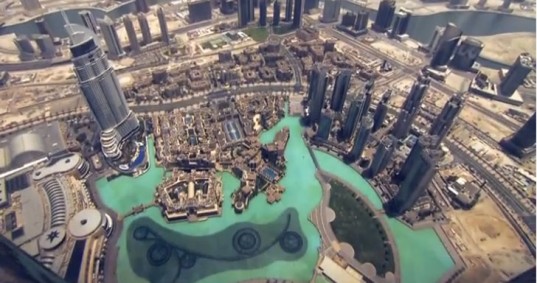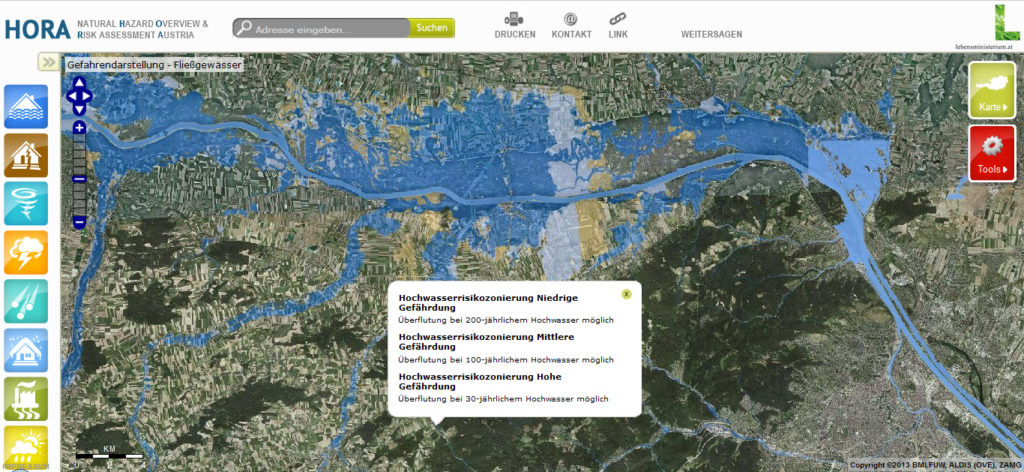
Sky Is The Limit – Google Street View Captured “Burj Khalifa” – World’s Tallest Building
 The Google Street View team has been mapping a lot of strange and cool places including building interiors for a while now. But this time we can really say that sky is the limit… In its first-ever collection in the Arab world, Google’s Street View took its cameras to the top of the Burj Khalifa in Dubai, the world’s tallest manmade structure at 829.8 m (2,722 ft).
The Google Street View team has been mapping a lot of strange and cool places including building interiors for a while now. But this time we can really say that sky is the limit… In its first-ever collection in the Arab world, Google’s Street View took its cameras to the top of the Burj Khalifa in Dubai, the world’s tallest manmade structure at 829.8 m (2,722 ft).
The team mapped extravagance interior of the building but also some incredible views from outside. Google team went out to an exterior maintenance elevator on the 80th floor (usually used for cleaning windows) in 18m/s (40 mph) winds to capture a panorama of Dubai as seen from the tower. The team additionally took 360 photos from the observation deck on the 124th floor, the pool on the 76th floor and the highest room on the 163rd floor.






